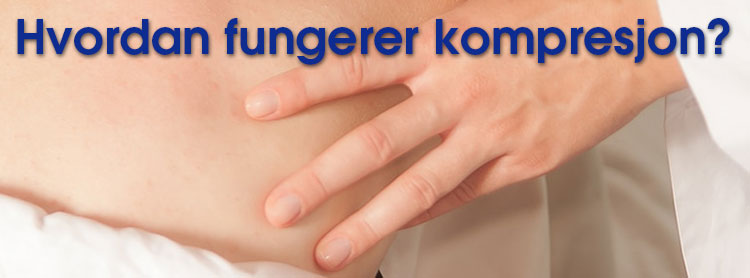 Compression on muscles can help release trigger points and relieve general tightness through several mechanisms:
Compression on muscles can help release trigger points and relieve general tightness through several mechanisms:
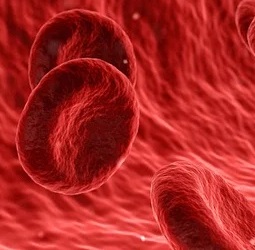 Increased Blood Flow: Compression applied to muscles helps improve blood circulation in the area. This increased blood flow brings essential oxygen and nutrients to the muscles, promoting their relaxation and healing. It also helps remove waste products, such as lactic acid, that may accumulate in tight or contracted muscles, contributing to discomfort or pain.
Increased Blood Flow: Compression applied to muscles helps improve blood circulation in the area. This increased blood flow brings essential oxygen and nutrients to the muscles, promoting their relaxation and healing. It also helps remove waste products, such as lactic acid, that may accumulate in tight or contracted muscles, contributing to discomfort or pain.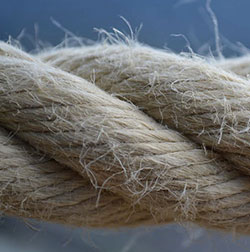 Reduction of Muscle Tension: Tightness and trigger points in muscles often arise from excessive muscle tension or spasms. Applying compression to the affected muscles can help relax them by inhibiting the signals from sensory nerve endings and reducing the sensitivity of pain receptors. As the muscles relax, the tightness and discomfort associated with trigger points are alleviated.
Reduction of Muscle Tension: Tightness and trigger points in muscles often arise from excessive muscle tension or spasms. Applying compression to the affected muscles can help relax them by inhibiting the signals from sensory nerve endings and reducing the sensitivity of pain receptors. As the muscles relax, the tightness and discomfort associated with trigger points are alleviated.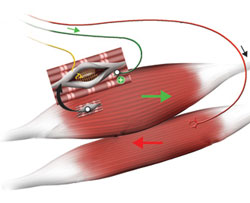 Stimulation of Mechanoreceptors: Mechanoreceptors are sensory receptors in muscles and connective tissues that respond to mechanical pressure and stretch. Applying compression to muscles stimulates these mechanoreceptors, which send signals to the central nervous system, promoting a relaxation response. This stimulation can help override the pain signals and decrease muscle tension.
Stimulation of Mechanoreceptors: Mechanoreceptors are sensory receptors in muscles and connective tissues that respond to mechanical pressure and stretch. Applying compression to muscles stimulates these mechanoreceptors, which send signals to the central nervous system, promoting a relaxation response. This stimulation can help override the pain signals and decrease muscle tension.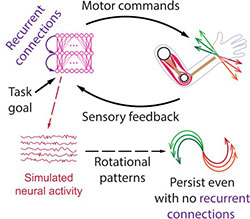 Disruption of Neurological Feedback Loop: Trigger points are areas of hyperirritability within taut bands of muscle fibers that can refer pain to other areas of the body. By applying compression to these trigger points, the neurological feedback loop between the trigger point and the brain can be disrupted. This interruption helps reduce pain signals and relaxes the muscle fibers, providing relief from tightness and discomfort.
Disruption of Neurological Feedback Loop: Trigger points are areas of hyperirritability within taut bands of muscle fibers that can refer pain to other areas of the body. By applying compression to these trigger points, the neurological feedback loop between the trigger point and the brain can be disrupted. This interruption helps reduce pain signals and relaxes the muscle fibers, providing relief from tightness and discomfort.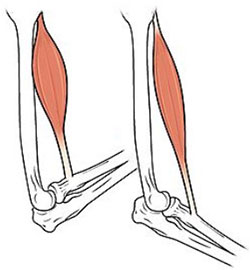 Stretching and Lengthening of Muscle Fibers: Compression can also facilitate stretching and lengthening of muscle fibers. By applying sustained pressure on a muscle, the underlying tissues can be gradually stretched and elongated. This stretching helps release muscle knots, trigger points, and adhesions, thereby reducing tightness and promoting improved muscle flexibility.
Stretching and Lengthening of Muscle Fibers: Compression can also facilitate stretching and lengthening of muscle fibers. By applying sustained pressure on a muscle, the underlying tissues can be gradually stretched and elongated. This stretching helps release muscle knots, trigger points, and adhesions, thereby reducing tightness and promoting improved muscle flexibility.
Addressing the underlying causes of tightness, such as poor posture, muscle imbalances, or overuse, is crucial for long-term improvement. It is important to identify the root causes of muscle tightness and develop a plan to help prevent further problems.